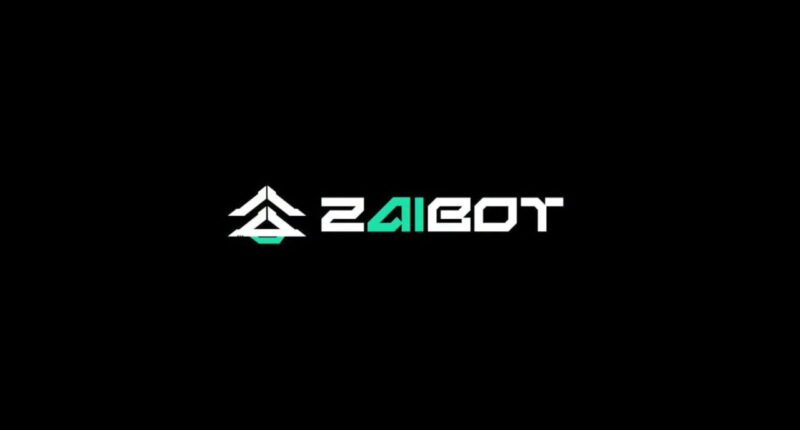Alibaba introduction of EMO, a cutting-edge AI video generator, is creating a buzz in the technology sector, positioning itself as a strong contender to OpenAI Sora. Originating from Alibaba’s Institute for Intelligent Computing, EMO signifies a significant advancement in transforming static images into dynamic, expressive characters, suggesting a future where AI-generated figures can both look appealing and engage in interactive performances.
Showcased on GitHub, EMO’s demonstrations captivate audiences with scenarios like Sora—previously depicted meandering through a digitally constructed Tokyo—now energetically performing Dua Lipa’s “Don’t Start Now.” The technology further showcases its versatility by bringing to life renowned figures and historical personalities through synchronized audio, injecting an unparalleled level of realism and emotional depth into AI-produced imagery.
Breaking away from the infamy of prior AI endeavors such as face-swapping or deepfake technologies, EMO pioneers in the realm of full facial animation. By accurately capturing the subtleties of facial expressions and speech movements, EMO establishes a new benchmark in audio-visual synchronization, surpassing older models like NVIDIA’s Audio2Face that relied on 3D modeling, to deliver lifelike animations rich in emotional diversity.
One of EMO’s most compelling attributes is its proficiency in animating faces from multilingual audio inputs, reflecting a sophisticated understanding of phonetics. This feature significantly widens EMO’s applicability, although its effectiveness in conveying intense emotions or in less commonly spoken languages remains to be seen. The technology’s attention to minor expressive details, such as the furrowing of brows or a fleeting smile, adds a profound layer of complexity to the characters, paving the way for more engaging and emotionally resonant AI-generated narratives.
EMO draws upon a vast dataset of audio and video clips to closely replicate human expressions and speech patterns. Utilizing a diffusion-based technique that eliminates the need for 3D modeling intermediaries, EMO combines reference-attention and audio-attention mechanisms. This method ensures that the facial animations of the characters align seamlessly with the spoken audio, all while maintaining the authenticity of the original images.
The release of EMO has sparked conversations about the potential and future of AI in creative content generation, highlighting opportunities across entertainment and educational sectors. However, these technological strides also prompt a reevaluation of the roles of human actors and the broader implications for creative industries, as AI begins to bridge the gap between the virtual and the tangible.
In this evolving digital landscape, innovations like EMO and Sora are reshaping the foundations of storytelling and artistic expression, challenging established perceptions of authenticity and creativity. These developments bring us closer to a future where digital beings not only mimic human behavior but also forge genuine emotional connections, revolutionizing our engagement with the digital domain in profound and unprecedented ways.












